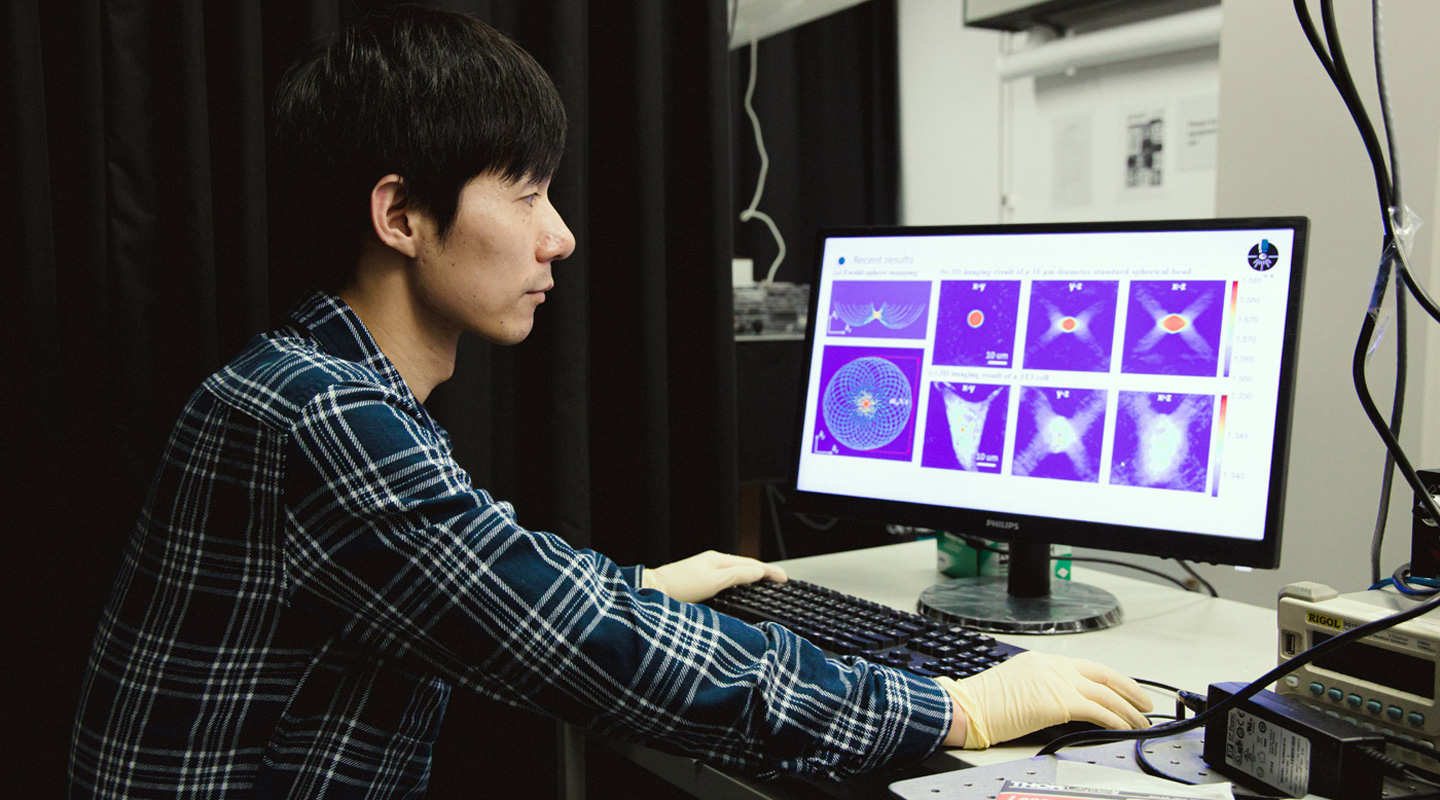


In addition to the differential calculus and integral calculus, the term is also used for naming specific methods of calculation and related theories which seek to model a particular concept in terms of mathematics. In this sense, it was used in English at least as early as 1672, several years prior to the publications of Leibniz and Newton. Because such pebbles were used for counting out distances, tallying votes, and doing abacus arithmetic, the word came to mean a method of computation. The word calculus is Latin for "small pebble" (the diminutive of calx, meaning "stone"), a meaning which still persists in medicine. In mathematics education, calculus denotes courses of elementary mathematical analysis, which are mainly devoted to the study of functions and limits.

Today, calculus has widespread uses in science, engineering, and social science. Later work, including codifying the idea of limits, put these developments on a more solid conceptual footing. Infinitesimal calculus was developed independently in the late 17th century by Isaac Newton and Gottfried Wilhelm Leibniz.
#Working with infinitesimals series#
These two branches are related to each other by the fundamental theorem of calculus, and they make use of the fundamental notions of convergence of infinite sequences and infinite series to a well-defined limit. It has two major branches, differential calculus and integral calculus differential calculus concerns instantaneous rates of change, and the slopes of curves, while integral calculus concerns accumulation of quantities, and areas under or between curves. Numerical examples are given.Calculus, originally called infinitesimal calculus or "the calculus of infinitesimals", is the mathematical study of continuous change, in the same way that geometry is the study of shape, and algebra is the study of generalizations of arithmetic operations. Methods using approximations of derivatives obtained thanks to infinitesimals are discussed and a technique for an automatic control of rounding errors is introduced. It is proved that the Infinity Computer is able to calculate derivatives of the solution $y(x)$ and to reconstruct its Taylor expansion of a desired order numerically without finding the respective derivatives analytically (or symbolically) by the successive derivation of the ODE as it is usually done when the Taylor method is applied. To show the potential of the new framework a number of results is established. The new computer is able to work numerically with finite, infinite, and infinitesimal numbers giving so the possibility to use different infinitesimals numerically and, in particular, to take advantage of infinitesimal values of $h$. In this paper, a new framework for solving ODEs is presented for a new kind of a computer - the Infinity Computer (it has been patented and its working prototype exists). There exists a huge number of numerical methods that iteratively construct approximations to the solution $y(x)$ of an ordinary differential equation (ODE) $y'(x)=f(x,y)$ starting from an initial value $y_0=y(x_0)$ and using a finite approximation step $h$ that influences the accuracy of the obtained approximation.


 0 kommentar(er)
0 kommentar(er)
